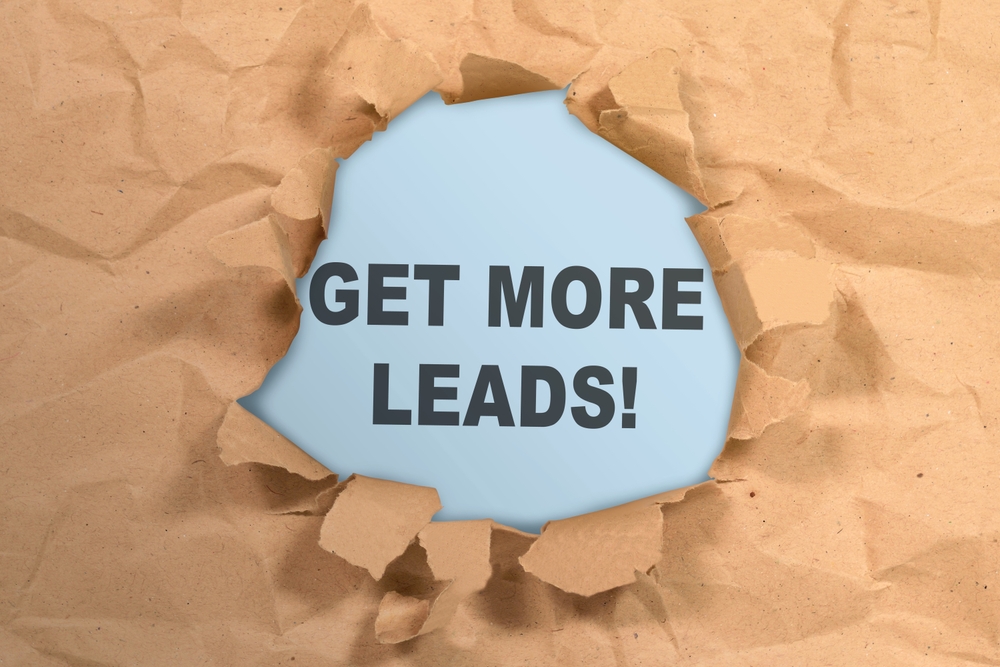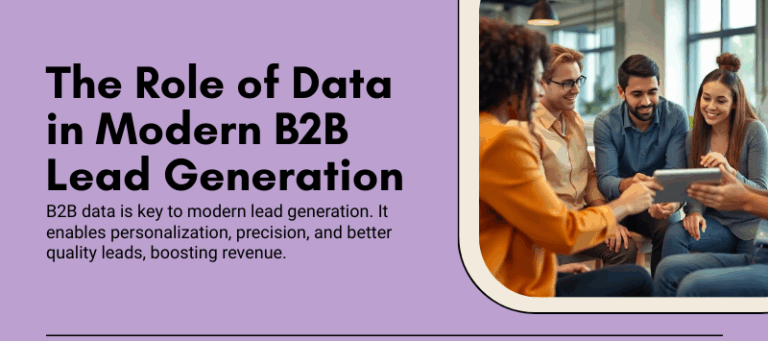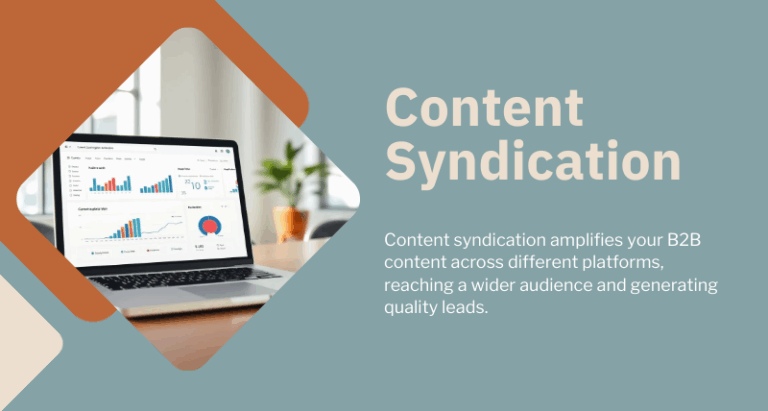

Generating high-quality B2B leads is essential for decision-makers aiming to drive sustainable growth within their companies. This guide offers actionable insights to develop a targeted lead generation strategy for B2B contexts, emphasizing effective tactics for prospect engagement, nurturing, and conversion.
1. Identify and Understand Your Ideal Customer Profile (ICP)
Defining an Ideal Customer Profile (ICP) is foundational in B2B lead generation. An ICP includes specific details about the characteristics, behaviors, and demographics of the companies that benefit the most from your solutions. By tailoring your strategies to reach these companies, you improve your chances of connecting with decision-makers who have high purchase potential.
- Researching Customer Segments: Investigate your best-performing customers to understand common characteristics such as industry, company size, and revenue. Targeting your lead generation efforts according to your ICP is critical to attracting qualified leads.
- Using Demographic Appends: Enhance your existing customer profiles with data appends to access more granular demographic information. By integrating this data, you can create targeted campaigns that resonate with each segment. Learn more about using demographic data to refine your lead generation.
2. Develop a Multi-Channel Outreach Strategy
A diversified outreach approach ensures your brand reaches decision-makers across platforms where they are most active. Use a mix of channels to engage prospects and build meaningful interactions.
Email Marketing
Email marketing remains one of the most effective B2B lead generation channels. However, the key to success lies in segmentation and personalization, where tailored content speaks to the specific needs of your leads.
- Segment Your List: Group leads based on industry, business size, or stage in the buying journey. Use targeted email campaigns to address the unique challenges and needs of each segment.
- Personalize Your Messaging: Include dynamic elements, such as addressing the recipient by name and referencing specific business challenges. According to recent data, personalized emails can boost conversion rates by up to 29%.
For further refinement of email segmentation, check out best practices in data standardization, which ensures that all customer information is accurate and usable.
LinkedIn Outreach
LinkedIn is a top platform for connecting with B2B decision-makers. Invest in a strategy that combines organic and paid LinkedIn efforts to create an integrated outreach campaign.
- Engage with Content: Share valuable content and insights on LinkedIn to establish thought leadership and keep your brand top-of-mind for your audience.
- LinkedIn Ads: Use LinkedIn Sponsored Content and InMail to directly reach professionals who align with your ICP. Precise targeting options, such as job title, industry, and company size, make LinkedIn ads an excellent channel for lead generation.
Pay-Per-Click (PPC) Advertising
PPC campaigns allow you to capture high-intent leads, particularly those searching for solutions that address immediate needs. Targeting keywords that resonate with your ICP can yield excellent returns.
- Keyword Research: Prioritize keywords that align with the pain points and solutions relevant to your target market. If you’re targeting SaaS decision-makers, for example, select keywords relevant to that industry.
- Retargeting Campaigns: Use retargeting ads to re-engage visitors who previously interacted with your site. This technique is particularly valuable in B2B, as buying decisions are often drawn out, and consistent exposure can help accelerate the decision process.
Explore more on how to optimize PPC for B2B lead generation to ensure each ad dollar is well-spent.
3. Leverage Content Marketing to Educate and Attract Leads
High-value content positions your brand as an industry authority, which is crucial for building trust with B2B prospects. Educational content, such as white papers, eBooks, and case studies, resonates well with decision-makers.
- White Papers and eBooks: These are particularly effective at the top of the funnel, attracting leads interested in gaining knowledge. Use gated forms to collect lead information in exchange for downloads.
- Case Studies: Showcasing customer success stories can validate your expertise and demonstrate your solution’s impact. Decision-makers value evidence of successful implementation in similar businesses.
To deepen your content strategy, check out the benefits of custom content and how it can fuel engagement and conversions.

4. Use Marketing Automation to Streamline Lead Nurturing
Marketing automation is instrumental in nurturing leads and moving them through the funnel more efficiently. Automation enables you to deliver timely, relevant content to each prospect based on their actions and interests.
- Lead Scoring: Assign scores to leads based on behaviors, such as website visits, email opens, and content downloads. Higher scores indicate warmer leads, allowing sales teams to prioritize these prospects.
- Automated Drip Campaigns: Set up campaigns to deliver targeted content to leads at different stages of the buyer’s journey. This keeps your brand visible and nurtures interest without overwhelming your team with manual follow-ups.
Explore campaign management strategies to build a well-integrated lead nurturing system that drives consistent results.
5. Implement Account-Based Marketing (ABM)
For high-value B2B leads, Account-Based Marketing (ABM) is an excellent strategy that personalizes marketing and sales efforts to specific accounts rather than casting a wide net.
- Define Target Accounts: Identify a select group of companies that fit your ICP and are high-value prospects. Build a focused ABM strategy tailored to these accounts.
- Personalized Content: Craft messaging and content that directly addresses the pain points and goals of each account. Examples include personalized emails, account-specific landing pages, and industry-relevant insights.
ABM can be complex, but when executed correctly, it drives impressive results by focusing on quality over quantity. For more insights, explore how targeting specific industries can enhance marketing efficiency.
6. Use Data Analytics to Measure and Optimize Lead Generation Efforts
Data-driven decision-making is vital in B2B lead generation. Regular analysis of your lead generation efforts allows you to understand what’s working and what needs adjustment.
- Track KPIs: Key Performance Indicators (KPIs) like conversion rates, cost-per-lead, and time-to-conversion provide valuable insights into your campaign’s success.
- A/B Testing: Experiment with different messaging, visuals, and calls-to-action (CTAs) to determine what resonates best with your audience. Testing allows for continuous improvement of your lead generation assets.
- CRM Integration: Connect your customer relationship management (CRM) system to your lead generation efforts. This integration offers real-time insights and tracks each lead’s journey, ensuring no opportunity is missed.

7. Optimize Your Website for Lead Conversion
Your website should be optimized not just for SEO but for conversion. Ensuring a streamlined, user-friendly experience is critical for turning visitors into qualified leads.
- Clear CTAs: Each page should guide visitors to a specific action, whether it’s downloading a resource, signing up for a demo, or contacting your team. Place CTAs strategically to drive conversions without overwhelming the visitor.
- Landing Page Optimization: Use dedicated landing pages for each campaign to match the visitor’s intent with a relevant offer. Include testimonials, case studies, and statistics to build credibility.
- Implement Chatbots: Chatbots can answer common questions and capture visitor information, allowing you to engage with prospects in real-time. This tool can assist with qualifying leads directly on your site.
8. Engage in Targeted Retargeting Efforts
Retargeting is a powerful way to reach leads who have shown interest but haven’t yet converted. By displaying ads to individuals who visited your website or engaged with your content, you maintain visibility and increase the chances of conversion.
- Display Ads: Show display ads to users who previously visited specific pages, such as product pages or demo sign-up pages.
- Social Media Retargeting: Use platforms like LinkedIn and Facebook for retargeting campaigns, where ads are served to individuals who have interacted with your brand but haven’t converted.
FAQs on B2B Lead Generation
What’s the difference between B2B and B2C lead generation?
B2B lead generation focuses on targeting companies, while B2C targets individual consumers. The buying process in B2B is typically longer, with multiple decision-makers involved, requiring a more strategic approach.
How do I know if my lead generation strategy is working?
Use KPIs such as conversion rates, cost-per-lead, and engagement metrics to measure success. Regularly analyzing these metrics ensures you can make informed adjustments.
Why is ABM important for B2B lead generation?
ABM focuses on high-value accounts, allowing you to direct resources and personalized efforts toward prospects with the most significant potential ROI, making it a highly effective B2B strategy.
In summary, generating high-quality B2B leads is an ongoing process requiring a strategic blend of audience insights, multi-channel marketing, and data-driven optimization. By refining your approach and focusing on targeted engagement, your lead generation efforts will yield better results, ultimately driving business growth.



